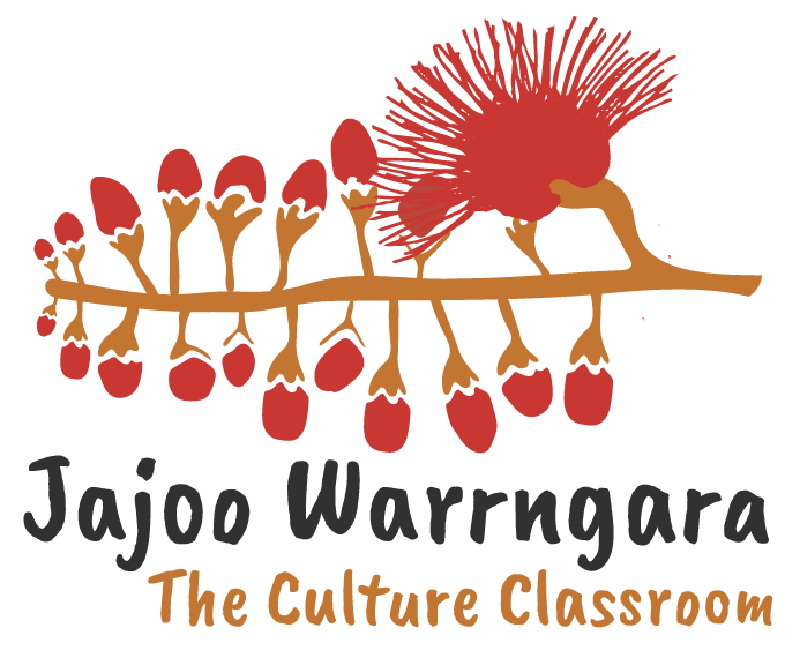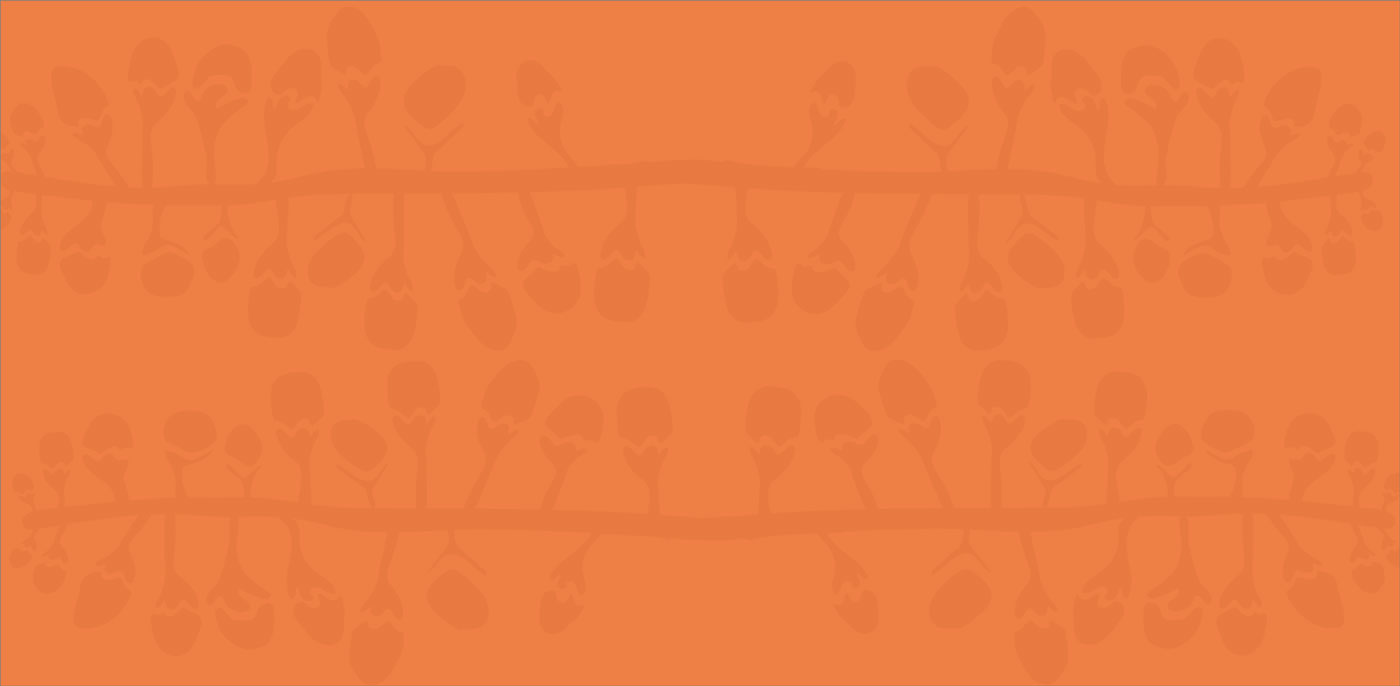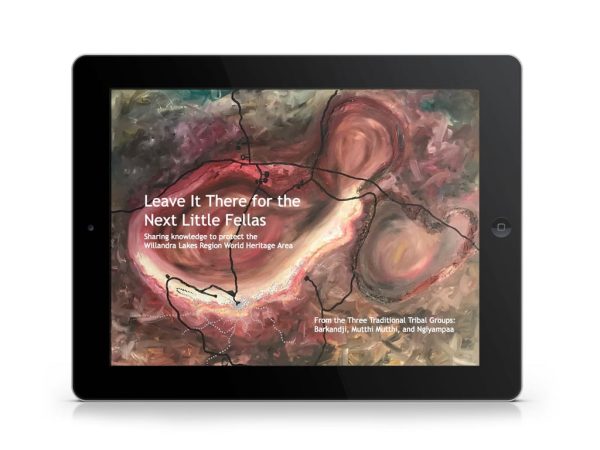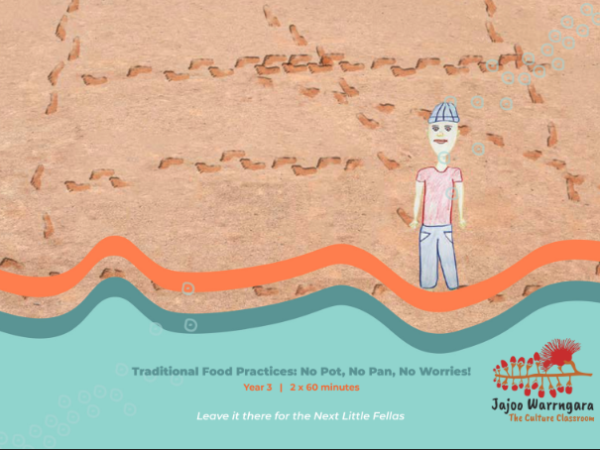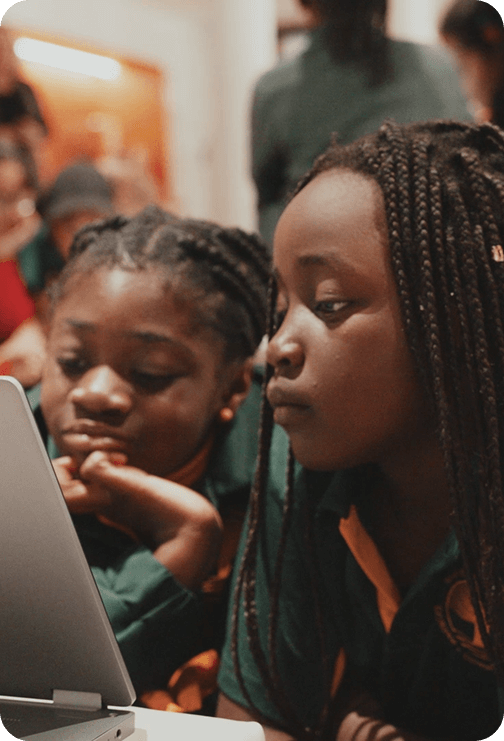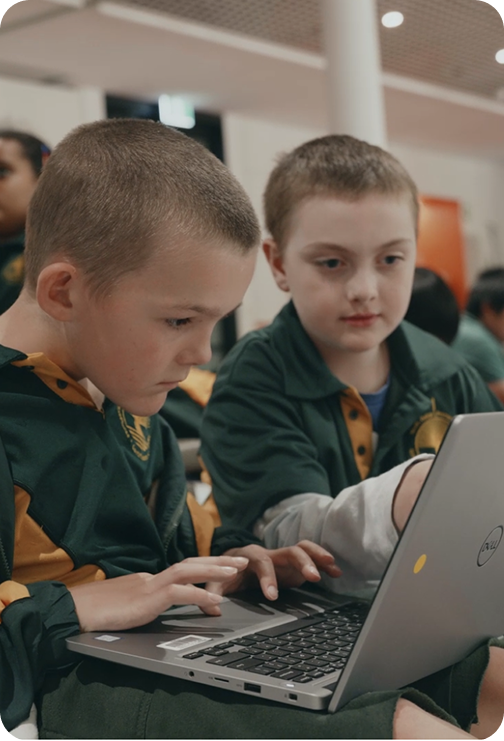Learning Areas
Aboriginal and Torres Strait Islander Histories and Cultures
In this unit
Students explore the impact of the Ice Age and other major changes on all living things in the Mungo Lakes Region
This unit includes:
Learning Areas
Cross Curriculum Priorities
Aboriginal and Torres Strait Islander Histories and Cultures
Sustainability
Related Units
Unit Content
